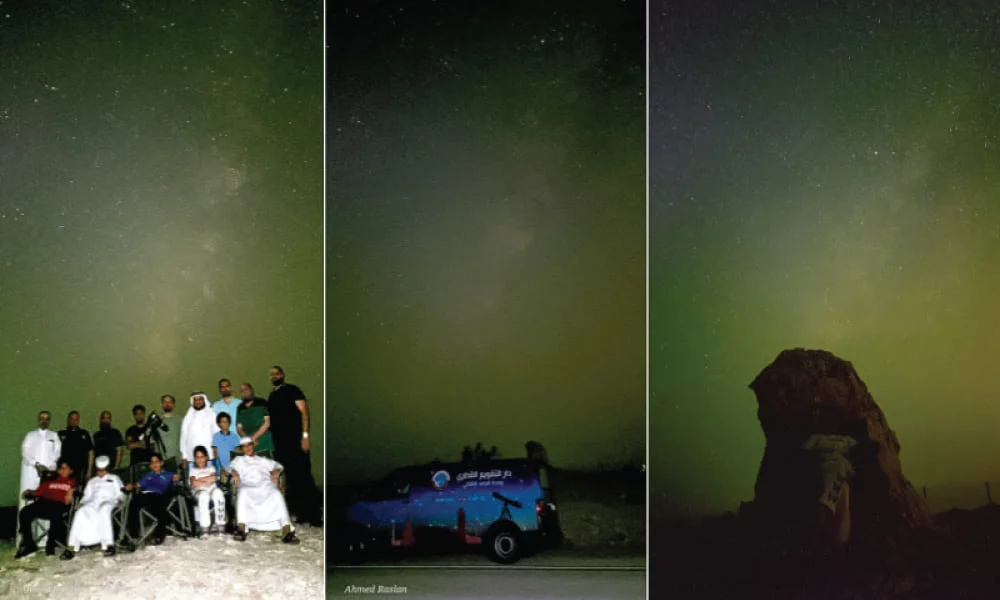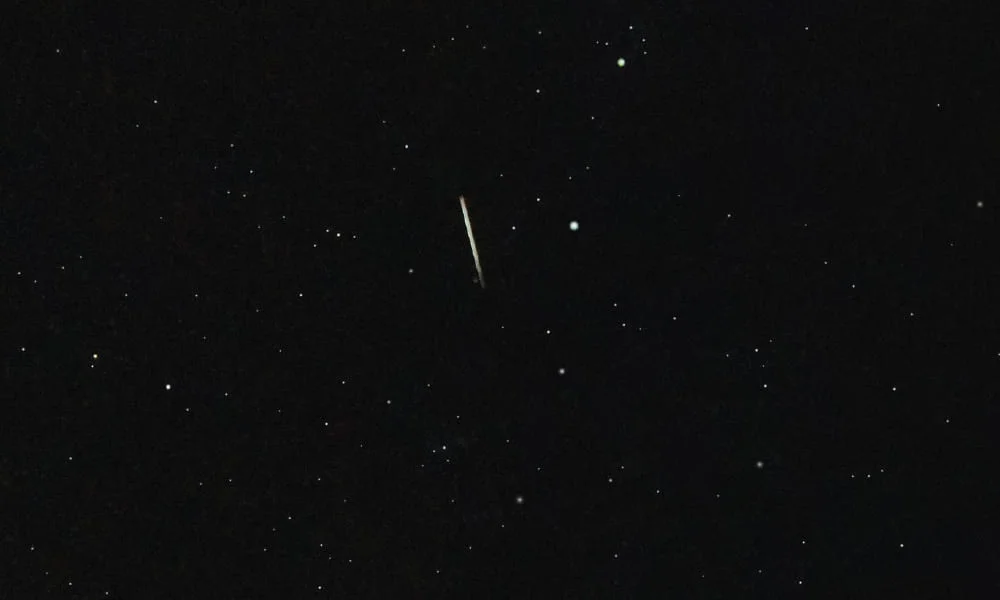On August 12, Qatar witnessed the most spectacular celestial display of the Perseid meteor shower. It was spotted at the Sawda Natheel area by the astronomical observation team at the Qatar Calendar House.
Many pictures of the meteor shower were captured, along with time lapse videos. Citizens in Qatar took to Instagram to share several photos of bright streaks across the star-lit sky. Many astronomy enthusiasts populated their YouTube channels with time-lapse videos as well.
Owing to their colourful bursts that stay visible in the sky for longer than other meteorites, the Perseid meteor shower is regarded as the best celestial show of the year. It is active from mid-July to late August and 50-100 meteors can be seen in an hour. The Perseid meteors are far brighter than any other, and they might be the only meteor shower you experience in your lifetime!
As more and more people have become aware of meteor showers, there has been a rise in camping trips designed around these astronomical events. With the help of mobile phones and cameras, pictures and videos of meteor showers have piled up, making them an internet sensation.

How to witness meteor showers
It’s not difficult to witness an aurora or a meteor shower now; you need a place with zero light pollution, a comfortable sleeping bag, and an enthusiasm for astrological wonders. It takes some time for our eyes to adjust to the dark, but the sky is visible once it gets used to the surroundings. Using a compass, you can locate the origin point of the meteor shower, and then enjoy the spectacular show.
The Perseids meteor shower is visible on Earth only because we pass through the debris, which are fragments of ice and rock, left by the Swift-Tuttle Comet that passed close to the Earth in 1992. The Perseids appear from the constellation Perseus, in the direction of the Northern Hemisphere. Meteors are fragments of a meteoroid that enter the Earth’s atmosphere and are visible to humans. These pieces from space are blazing hot, with temperatures around 1,650 degrees Celsius, and are visible at 97 kms from the Earth’s surface.
As a meteor enters the Earth’s atmosphere, it burns and bursts in different colours which creates streaks of light across the sky. According to NASA, they travel at 59 kms per second, which is why they are swift.



















